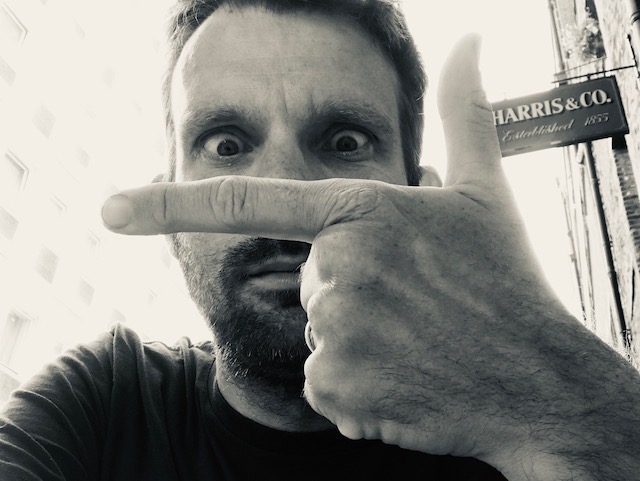I have had the great fortune of having spent three weeks in France, a good portion of it cycling. Touring is a great way to leave behind your pre-occupations and to think about the future – in my case, the themes for my training and writing in 2021-2022.
This year, all cycle paths point towards regenerative design – design that is win-win-win for individuals, society and the planet. I hear echos here of the triple bottom line of sustainable design, but sustainability, with it’s promise to protect the environment for the benefit of future generations is no-longer enough. This is a keep-things-the-same model. But as the latest IPCC report confirms, keeping things the same will lead to the breakdown of the carefully balanced ecosystem on which we depend. What we actually need is design that builds back the abundance, diversity, complexity and resilience of the ecosystem that quite literally gives us life.
As ever, the appeal for me is in finding questions that creatively challenge the status quo, and in communicating practicable tools for thinking differently. The majority of my work with organisations is on the themes of creativity and conceptual design. And so the natural next step for me is to ask what is regenerative conceptual design and how does it differ from more conventional conceptual design?
I expect my work in this space to get into what are the underlying questions and assumptions that prevent us from acting regeneratively. Imagine extra layers to our collective ‘Kalideascope’ that are waiting to be revealed, like the stars of the Milky Way if only we could extinguish the light pollution from our existing ways of thinking.
I also expect the work to involve greater connection with nature, both learning from how nature’s systems work, but also seeking to recouple the work of engineers and other humans with nature. In this respect, I hope to find ways to learn from and connect this thinking with the work I am involved with at Hazel Hill wood, both in terms of connection with the wood itself, and what we as humans are trying to do there.
Finally, if challenging the status quo and thinking creatively is on the agenda, then I see the opportunity for more playful interventions, including from Eiffel Over, the undercover engineering clown.
I am looking forward to the conversations, experiences and opportunities for new connections and learning that this project will bring.


Leave a Reply